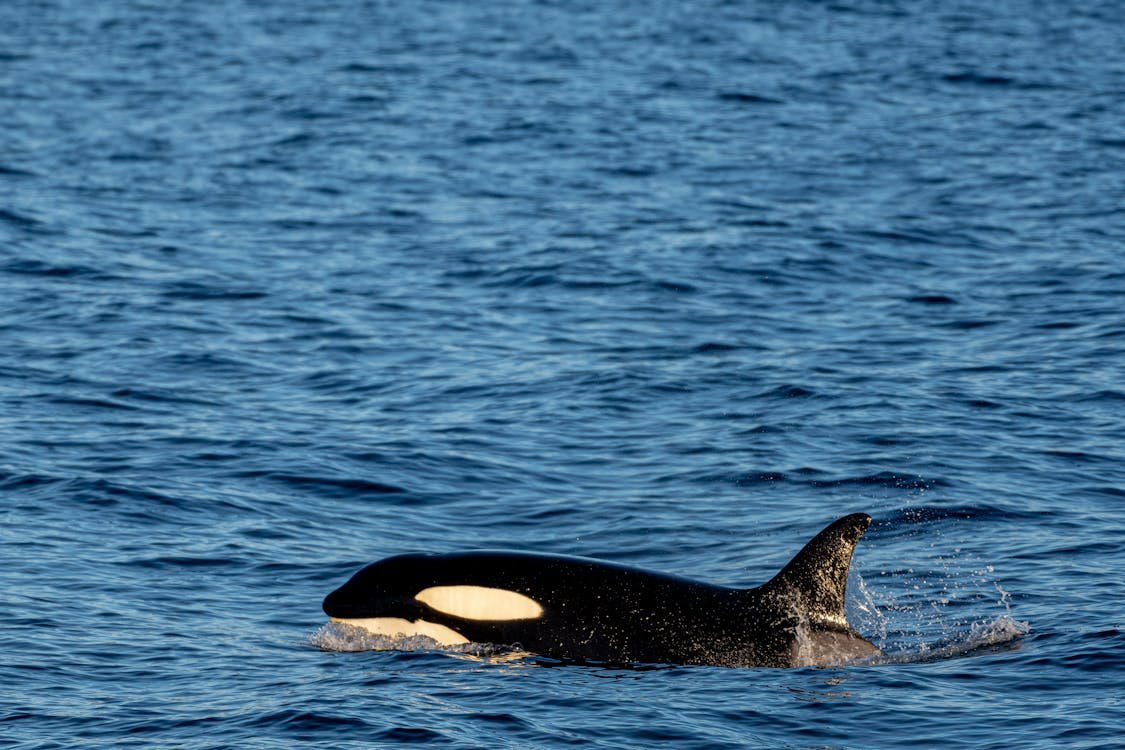Whales have long been iconic symbols of the world’s oceans, revered for their grace, intelligence, and sheer size. However, these majestic creatures face numerous threats, from climate change to commercial whaling, pollution, and habitat loss. Despite these challenges, modern technology is revolutionizing how we approach whale conservation, offering new hope for the survival of these incredible marine mammals. This article explores the innovative ways technology is making a positive impact on whale populations and the ecosystems they inhabit.
1. Drones for Monitoring and Data Collection
Drones have become a powerful tool for whale researchers. These unmanned aerial vehicles allow scientists to observe whales from above without disturbing their natural behavior. By capturing high-resolution images and videos, drones provide vital information about whale populations, their health, and their social interactions.
One of the key advantages of drone technology is its ability to collect whale blow, which contains DNA, hormones, and other biological data. Researchers can now analyze this information to assess stress levels, pregnancy rates, and even diet composition, all without invasive techniques. This non-invasive data collection is crucial for understanding how environmental changes and human activities are affecting whale populations.
2. Satellite Tracking for Migration Patterns
Satellite tracking technology has greatly enhanced our understanding of whale migration patterns. By attaching satellite tags to whales, researchers can follow their movements in real-time as they traverse vast ocean distances. This has been particularly helpful in understanding the migratory routes of species like humpback whales, blue whales, and gray whales.
Satellite data also provides insights into how whales are adapting to climate change. As ocean temperatures rise and sea ice melts, whales are adjusting their feeding grounds and migration routes. By monitoring these changes, conservationists can implement better protection strategies, such as creating marine protected areas (MPAs) in critical habitats and migratory corridors.
3. AI-Powered Acoustic Monitoring
Whales are known for their complex vocalizations, which they use for communication, navigation, and mating. However, human-made noise pollution from shipping, drilling, and sonar can interfere with their ability to communicate. Enter artificial intelligence (AI)-powered acoustic monitoring systems, which are helping scientists study whale vocalizations in unprecedented detail.
These AI systems can detect whale calls in real-time, differentiating between species and even individual whales. This technology not only helps researchers monitor whale populations but also alerts ships and industries to the presence of whales in the area, reducing the risk of ship strikes and noise interference. In addition, AI can analyze vast amounts of acoustic data, identifying trends and patterns that would be difficult for humans to process manually.
4. Genomic Technologies for Species Identification and Health Assessment
Advances in genomic technologies are providing conservationists with powerful tools to assess the health and genetic diversity of whale populations. By analyzing DNA from skin samples or whale blow, researchers can identify individual whales, determine their relatedness, and assess the genetic health of populations.
Genomic data is especially valuable for endangered species like the North Atlantic right whale, where low genetic diversity can lead to inbreeding and decreased resilience to environmental changes. By identifying populations at risk of inbreeding, conservationists can implement strategies to promote genetic diversity, such as protecting key breeding habitats.
5. Marine Robots for Habitat Monitoring
Marine robots, such as autonomous underwater vehicles (AUVs), are being used to monitor whale habitats and ocean conditions. These robots can dive deep into the ocean, collecting data on water temperature, salinity, and plankton levels—all of which are crucial for whale survival.
By mapping out these environmental factors, researchers can better understand how climate change is affecting whale feeding grounds. For example, some species, like the blue whale, rely on krill-rich waters for sustenance. Changes in water temperature or pollution can drastically reduce krill populations, leading to food shortages for whales. Marine robots provide the data needed to track these changes and advocate for environmental protection measures.
6. Crowdsourced Conservation Through Citizen Science
Citizen science is playing an increasingly important role in whale conservation, thanks to the widespread availability of smartphones and social media platforms. Apps and online platforms allow the public to contribute to whale research by reporting sightings, taking photos, and recording whale sounds.
These crowdsourced data points help scientists track whale populations in real-time and gather valuable information about their behavior. Additionally, citizen science helps raise public awareness about whale conservation, fostering a deeper connection between people and marine life.
7. 3D Imaging and Virtual Reality for Public Engagement
One of the greatest challenges in conservation is fostering empathy and understanding in people who may never encounter whales in their natural environment. This is where 3D imaging and virtual reality (VR) come into play. These technologies allow people to experience the underwater world of whales in an immersive and interactive way.
Organizations are using VR to bring the plight of endangered whale species to life, educating the public about the threats they face and inspiring action. By allowing people to virtually swim alongside whales or witness their migration, VR can foster a deeper appreciation for the importance of whale conservation.
Conclusion: A Tech-Driven Future for Whale Conservation
The future of whales depends not only on our ability to reduce threats like climate change, pollution, and hunting but also on our willingness to embrace cutting-edge technologies. From drones and satellite tracking to AI-powered acoustic monitoring and genomic research, modern technology is providing conservationists with the tools they need to protect whale populations and their habitats.
As we continue to innovate and develop new technologies, the outlook for whale conservation becomes more hopeful. By combining scientific research with public engagement, we can work toward a future where these magnificent creatures thrive in the oceans they call home. The future of whales may be uncertain, but with the help of technology, there is a growing sense of optimism that we can turn the tide in their favor.

